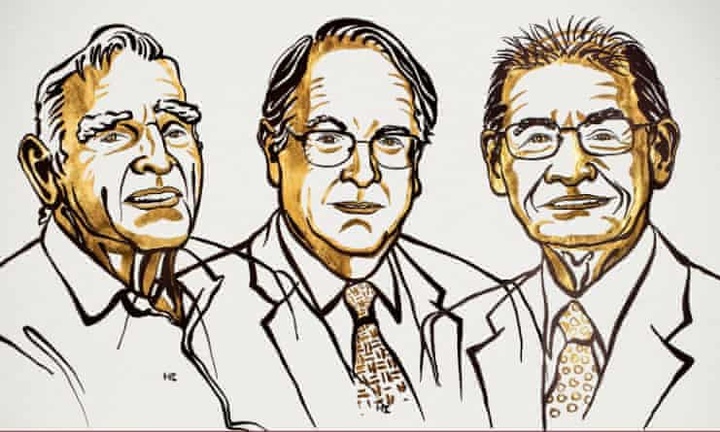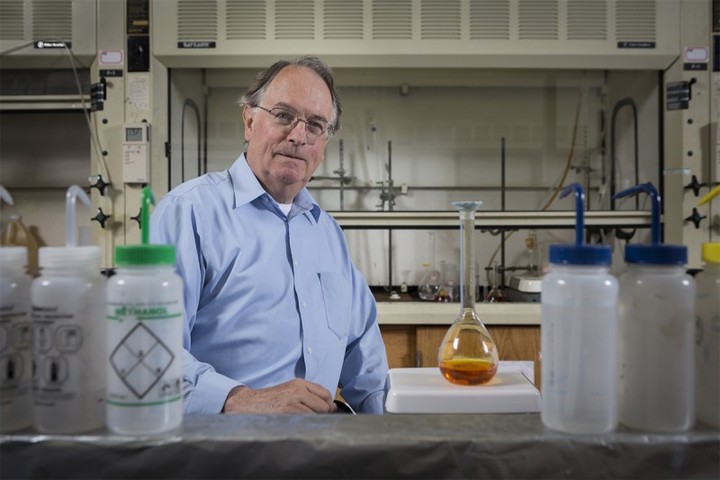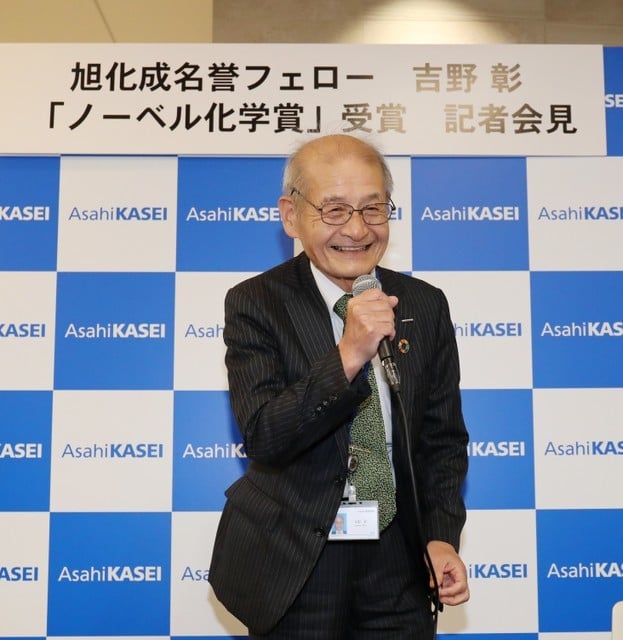The smartphone maintains a day’s battery life and puts the computer in everyone’s pocket. Electric cars can travel hundreds of miles a day, so that oil-free cars can run on the highway. All of this is commonplace, and it is all thanks to lithium batteries.
And its inventors, American chemists Stanley Whittingham, John Goodenough, and Japanese chemist Akira Yoshino got science today. The highest honor in the world is the Nobel Prize.

Nobel Committee Representation:
Lithium-ion batteries have revolutionized our lives, from cell phones to laptops and electric cars. Lithium-ion batteries are everywhere. The work of the Nobel Chemical Jiang winners this year laid the foundation for a society without fossil fuels.
And the University of London material expert Professor Mark Miodownik’s evaluation may help you better understand the lithium battery is a great invention. “Lithium TV is one of the most influential materials sciences that affect everyone’s modern life. It’s worth noting that although they have been around for 30 years, until now,They are not overshadowed by better battery technology. “

In 1962, the lively metal of lithium was first introduced into the battery design by the US military laboratory. This is the beginning of the legend of lithium batteries.
In 1976, the oil company ExxonMobil applied for a lithium battery invention patent. The oil companies of the time were preparing for the day when oil was exhausted, and they were looking for a new energy source that could replace oil.
Stan Whittingham, one of the Nobel laureates, took the unlimited funds from ExxonMobil. > Conduct basic research on all energy sources except oil. He is a key figure in the history of lithium battery development, which found a layered electrode material that can store lithium ions. He helped Exxon Mobil produce a “rechargeable” lithium battery. But at the time, the “rechargeable” of lithium batteries was not really realized.
Then under the influence of the economic crisis, ExxonMobil, which survived the broken arm, chose to license the patent to three companies and stopped funding for lithium battery research and development.

▲ Stan Whittingham
In 1980, another winner, John Goodenough, discovered the lithium cobalt oxide cathode material for lithium-ion batteries at the University of Oxford, England.
But before he discovered lithium cobalt oxide, lithium batteries have caused many explosions. In the era of “lithium” discoloration, Oxford University was not even willing to apply for a patent. In the end, the patent that John Goodenough tried to apply for was given to a government lab.
This patent was later purchased by Sony and continued to be developed, becoming the basis of today’s various portable device batteries. Unfortunately, John Goodenough didn’t get a penny.
▲ Today, Oxford University’s commemorative card, John Goodenough et al. found the lithium cobalt oxide cathode material in this laboratory.
In 1983, another Nobel laureate, Yoshino, produced the world’s first prototype of a rechargeable lithium-ion battery.

▲ Yoshino Akira
But everything has not yet ushered in the dawn of victory.
In 1985, Canadian company Moli Energy introduced an AA lithium battery with an energy density of over 100Wh/kg.